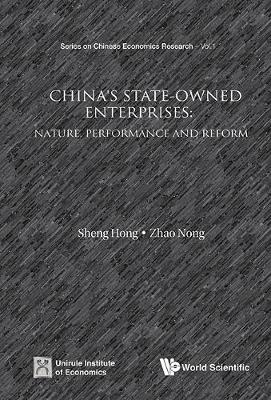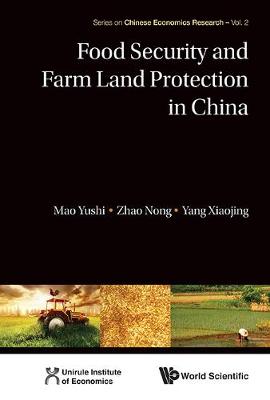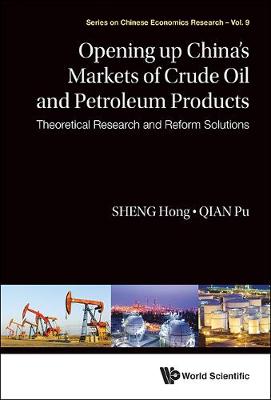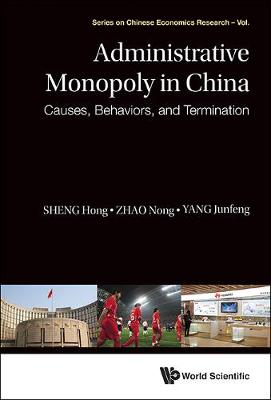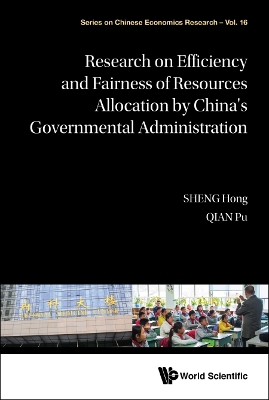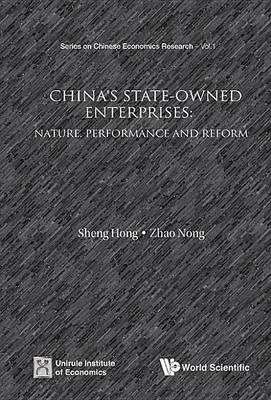Series on Chinese Economics Research
5 primary works • 7 total works
Book 1
China's State-owned Enterprises: Nature, Performance And Reform
by Hong Sheng and Nong Zhao
Book 2
Food Security And Farm Land Protection In China
by Yushi Mao, Nong Zhao, and Xiaojing Yang
Book 9
Opening Up China's Markets Of Crude Oil And Petroleum Products: Theoretical Research And Reform Solutions
by Hong Sheng and Pu Qian
Book 10
Administrative Monopoly In China: Causes, Behaviors, And Termination
by Hong Sheng, Nong Zhao, and Junfeng Yang
Book 16
Research On Efficiency And Fairness Of Resources Allocation By China's Governmental Administration
by Hong Sheng and Qian Pu
